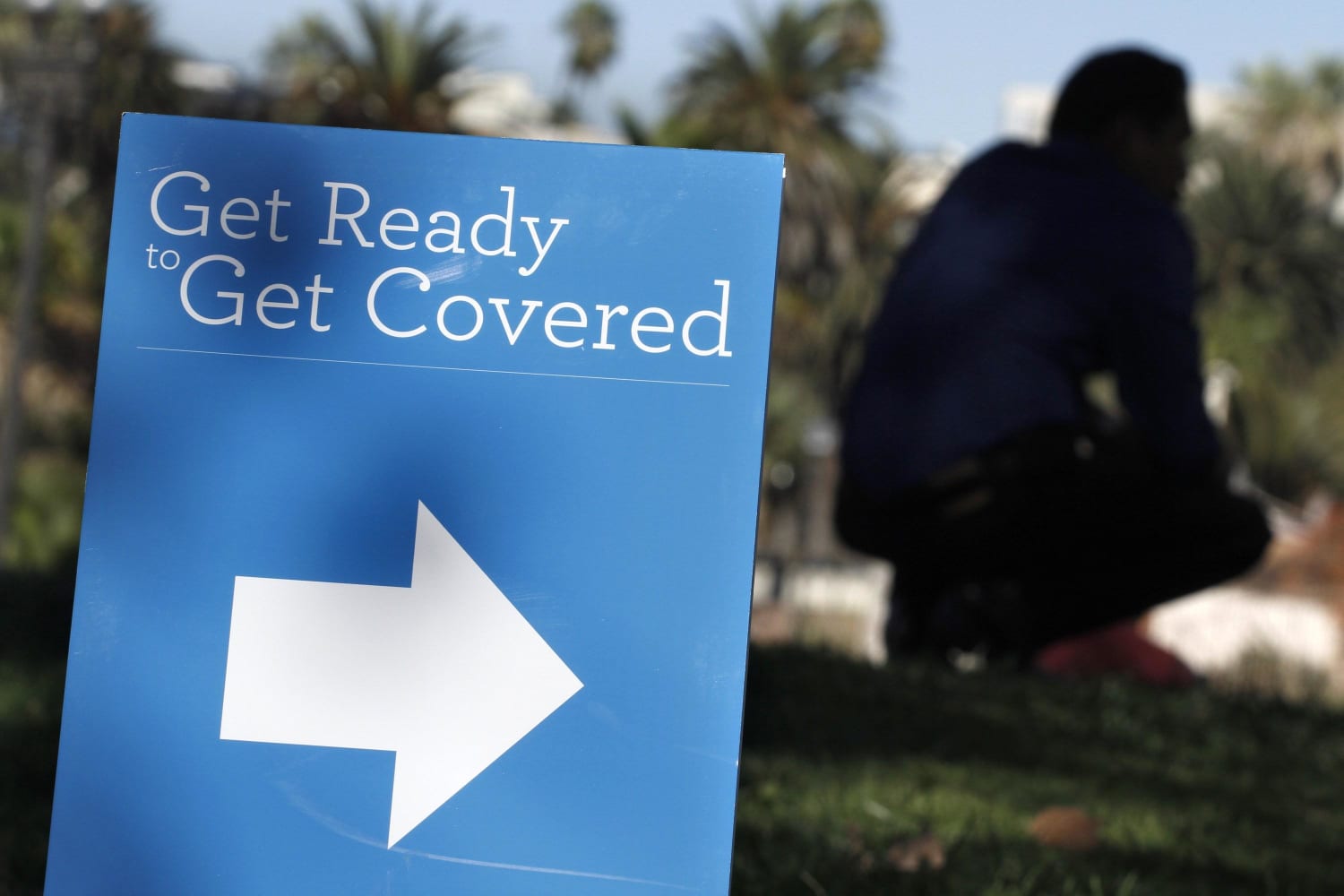By Craig Lack, Special for USDR

What if much of what you learned about health insurance was wrong, misunderstood or influenced by your experiences? The Affordable Care Act (aka Obamacare) is a catalyst for a lot of angst in America, but most of it is misguided and interpreted by ideology. Corporate America needs to decide on how best to interpret and translate the law and optimize the capital allocation known as healthcare.
In fact, smart companies are taking advantage of strategies and tactics buried inside Obamacare that allow them to align the disparate interests of the healthcare providers, employers, employees and insurers. The results are dramatic, the reviews unbelievable and the financial impact to the bottom line represents millions of dollars.
Before Obamacare
Managing healthcare prior to the implementation of the Affordable Care Act (ACA) was mostly about trying to squeeze a few percentage points off the top of the annual rate increase. Grasping at 3% or 4% every year usually came from decreasing benefits, shifting costs to employees or limiting access to care with some narrow network.
Everyone knows the renewal drill. It starts with the shock of the initial renewal, followed by shopping, negotiating, leveraging and spread sheeting. Thereafter, comes begging, cajoling, promising and re-negotiating. Finally, when necessary, there’s threatening, intimidation, letter writing and redesign. All for an increased reduction of a few relatively minor percentage points.
Organizations are conditioned to believe that the best they can hope for is to have a less bad rate increase each year. Worse yet, companies keep repeating the same old best practices from a business model made obsolete by Obamacare!
The ACA impacts every sector in the $3T healthcare system yet the majority of organizations are still “managing” healthcare using their old maps and ending up in the same place every year.
The Opportunities Inside Obamacare
Our current healthcare model consists of a non-integrated medical treatment system whose primary attention has been focused on the delivery of medicine. In fact, sickness is the revenue model for the industry. The supply chain, hospitals and providers are paid based on the volume of treatments delivered, whether necessary, medically proven or not. Complications, errors, waste and too much medicine are perversely incentivized…and costs go up at three times the rate of the CPI. Moreover, the Institute of Medicine’s latest national study determined that as much as 30% of medical treatments are unnecessary.
Additionally, while Americans have greater technology, access to care or the ability to affect change, increasingly more citizens are overweight and suffering needlessly at their own hands. People are conditioned to believe that the best they can hope for is to catch their disease early and then try to manage it with redundant tests, office visits and multiple prescriptions from a variety of providers who typically operate within their own business silos.
So, follow the money: The system nearly always treats the symptoms, but rarely the cause. We know from the Centers for Disease Control and Prevention that more than 50% of all medical claims are preventable. Why don’t companies and individuals then focus on prevention?
This is possible under the Affordable Care Act. The new law specifies that employers are empowered to change the B2B model to more of a B2C insurance model. Healthcare is becoming like all other consumer insurance products where the individual’s lifestyle and behavior choices influence the quality and cost of insurance available. Easy examples include a “good driver” auto insurance discount or a higher smoker’s rate for life insurance.
How do we do this? Change the focus. Historical best practices under the old healthcare model have been focused on reducing and transferring risk a few percentage points at a time. In contrast to saving a few percentage points, invest in avoiding 100% of claims, which will bring the greatest return on investment. Organizations can establish plan designs, codified by Obamacare, that incentivize risk avoidance. The employer of choice in town or the company whose health plan cost averages over $10,000 per employee per year can recapture an average of ten to fifteen percent of their capital allocation for healthcare. For example, a school district recently added over $2 million to its budget as a result of savings from the elimination of claims and delivered a pay raise to its teachers.
The ACA supports the expansion of plan design incentives that inform, motivate and engage employees to participate in health promotion and prevention. The rewards can include cash, reward cards, premium credits, plan design improvements, deposits into account-based health plans, days off, and many others. Additionally, rewards can be based on testing outcomes as specified in the ACA.
The ACA recognizes that most organizations are still in denial about healthcare. Buying health insurance to control costs in a sickness treatment system is a failed model. Organizations have now been provided the tools with the ACA to design healthcare and promote health for their employees.
The key question to ask the C-suite in America is, “Are you going to wait for more desperation, or be leaders by inspiring the change that benefits all?”
Biography:
Craig Lack is a nationally-recognized health care expert, bestselling author, speaker and CEO of ENERGI. He is the creator of Performance Based Health Plans® which Inc. magazine said is “The next big thing.” He has appeared in national media including Fast Company, USA Today, radio and America’s Premier Experts, which aired nationally on the major network affiliates. He’s a member of the National Academy of Bestselling Authors for achieving No. 1 bestseller status on Amazon.


Average Rating